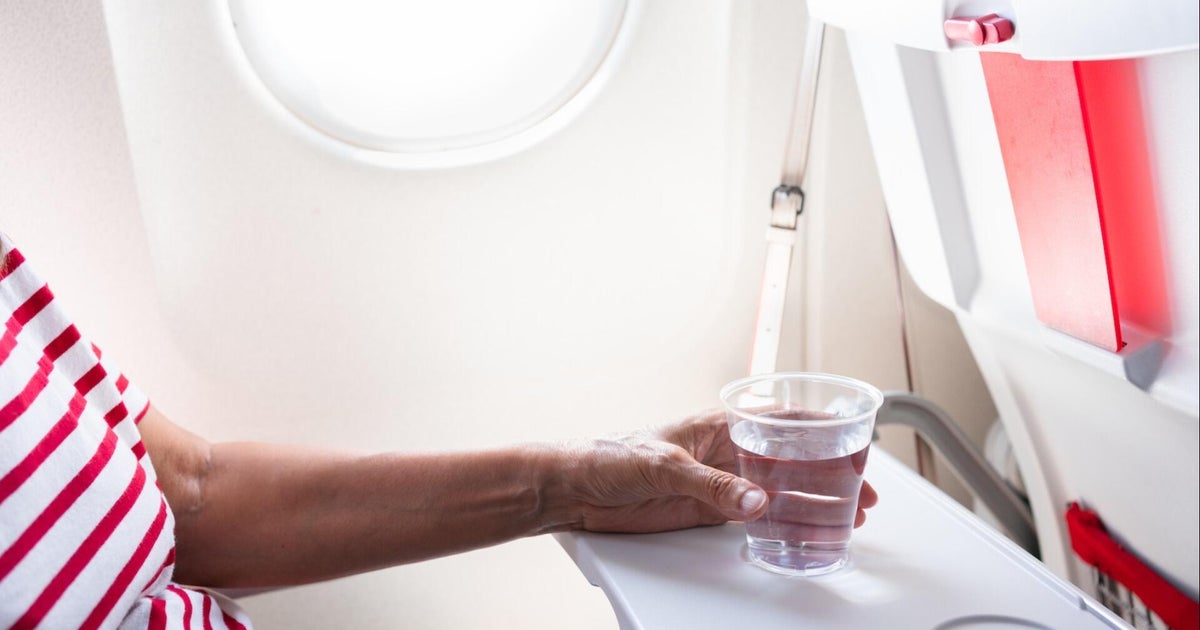
It’s hard to ignore the fact that almost nobody is in their office as much as they used to be. Indeed, just 5% of workers worked entirely from home before the pandemic. For over two years now, offices can’t quite surpass half-full, and more than a third of workers who can work from home do so all the time. One of the most commonly cited benefits of working outside the office is the fact that it means avoiding the slog of commuting, which can be incredibly costly both financially and time-wise.
But in a Wednesday blog post, economic blogger Kevin Drum, formerly of Mother Jones, dug into a new mystery: Somehow, commuter traffic is just as bad as it was before the pandemic. With empty offices and millions fewer people commuting during working hours now, how could that be?
Last year, Axios analyzed 2021 TomTom Traffic Index and determined that commuter congestion was building up month by month after plummeting when the pandemic first hit. A researcher behind the traffic index, which pulls from hundreds of millions of GPS signals, said that despite remote work, rush hour would still be “coming back slowly.”
That slow drip has become unavoidable. Drum pointed to traffic data from 2021—peak remote-work era—in notoriously car-centric Los Angeles; it was only down 6% from 2019, according to the state’s Department of Transportation. Things aren’t much better in other major metros. Per TomTom Traffic Index data, time spent in traffic during the morning and evening rushes in Atlanta, Chicago, and Miami all grew between 2021 and 2022—alongside fuel prices and tolls.
That tracks, considering that traffic congestion actually worsened in 2022, though it still notched below pre-pandemic levels. That trend continued this year; Drum cited national data from the Office of Highway Policy Information, which shows that urban interstate travel has roughly doubled since 2020, right about where it was in 2019.
Naturally, it’s confusing. “Despite empty offices, rush hour congestion is back, with key streets leading in and out of our downtowns clogged again,” Martin Morzynski, the senior VP of marketing at traffic analytics firm Streetlight, says in the preface of the company’s 2023 “Downtown Congestion Post-COVID” trend report. That rush hour congestion is looking a little different in the post-pandemic world.
Rush hour is becoming rush hours
Streetlight’s report finds that the share of traffic at peak hours dropped from 10.3% in early 2019 to 9.8% in early 2022, but the authors are left scratching their heads as to why the drop isn’t bigger. As they point out, post-pandemic car travel is now happening much closer to home, away from city centers. “Miles traveled are still down approximately 27% in the downtowns of our largest cities,” reads the report, and some evidence suggests that congestion in major downtowns “is coming back faster than miles traveled in some cities, and that peak hours may be shifting as part of our new normal.”
Despite the unexplained resurgence of rush hour congestion, their research finds, it’s flattened slightly as people’s schedules have become more flexible and they’ve gotten more leeway on their hours—traffic builds later than it used to and is coming back faster during the nonpeak hours.
Indeed, Axios’ analysis of the TomTom data found that rather than remote work “killing” rush hour in America, it actually wound up spreading traffic throughout the day. In some cities, that looked like a “late morning peak” in congestion around 11 a.m., and an early evening rush around 4 p.m.
“Congestion is caused not by overall traffic volumes, but by volumes at the peak hours,” reads a recent National Library of Medicine report entitled “Rush hour-and-a-half: Traffic is spreading out post-lockdown.” It found that even if traffic matches pre-pandemic levels—which, per all the above data, it essentially has—the “differences in distribution” is what’s key. “Traffic flow is highly nonlinear. A small reduction in peak demand on a congested roadway can cause outsized reductions in traffic congestion.”
‘Volatility and variability’
That drivers once again find themselves losing hundreds of hours per year behind the wheel is “a considerable mystery,” as Drum puts it, and it’s likely to only get more perplexing. Some experts say offices will never reach 60% capacity again. While fully remote work is on the decline—it dropped to a low of 26% last month—but it’s still the dominant approach among most firms to allow for non-office work at least a few days per week. (The best approach is “organized hybrid,” experts say, which ensures workers don’t muscle through a commute only to show up to an empty office.)
But hybrid schedules may actually make commutes longer than traditional work set-ups, hence the shift in peak hours.
Last year, David Schrank, a senior research scientist at the Texas A&M Transportation Institute, told the Washington Post that commuters could expect to see “volatility and variability” on the road until the country comes to some kind of agreement on how and when they’ll be commuting. “We’re all going to face increased variability in our travel because we don’t know if this is a day when everyone else is going in, too,” he said.
The irritating mystery brings to mind a recent comment from Jake Wood, the CEO of corporate philanthropy company Groundswell about the obligation to work in an office. “I can understand the employee’s perspective, but I think it’s lacking something critical: It’s not just about you,” Wood wrote on LinkedIn, referring to workers who are insistent on working from home. “You might be able to execute your work on time and to standard in a remote environment. But what about your colleagues? Absent your presence, leadership, mentorship—can they thrive?”
Now, the question might fairly be turned around: Coming to the office isn’t all about you either—it’s also about the other motorists who can’t work remotely praying you’ll opt to stay home.












